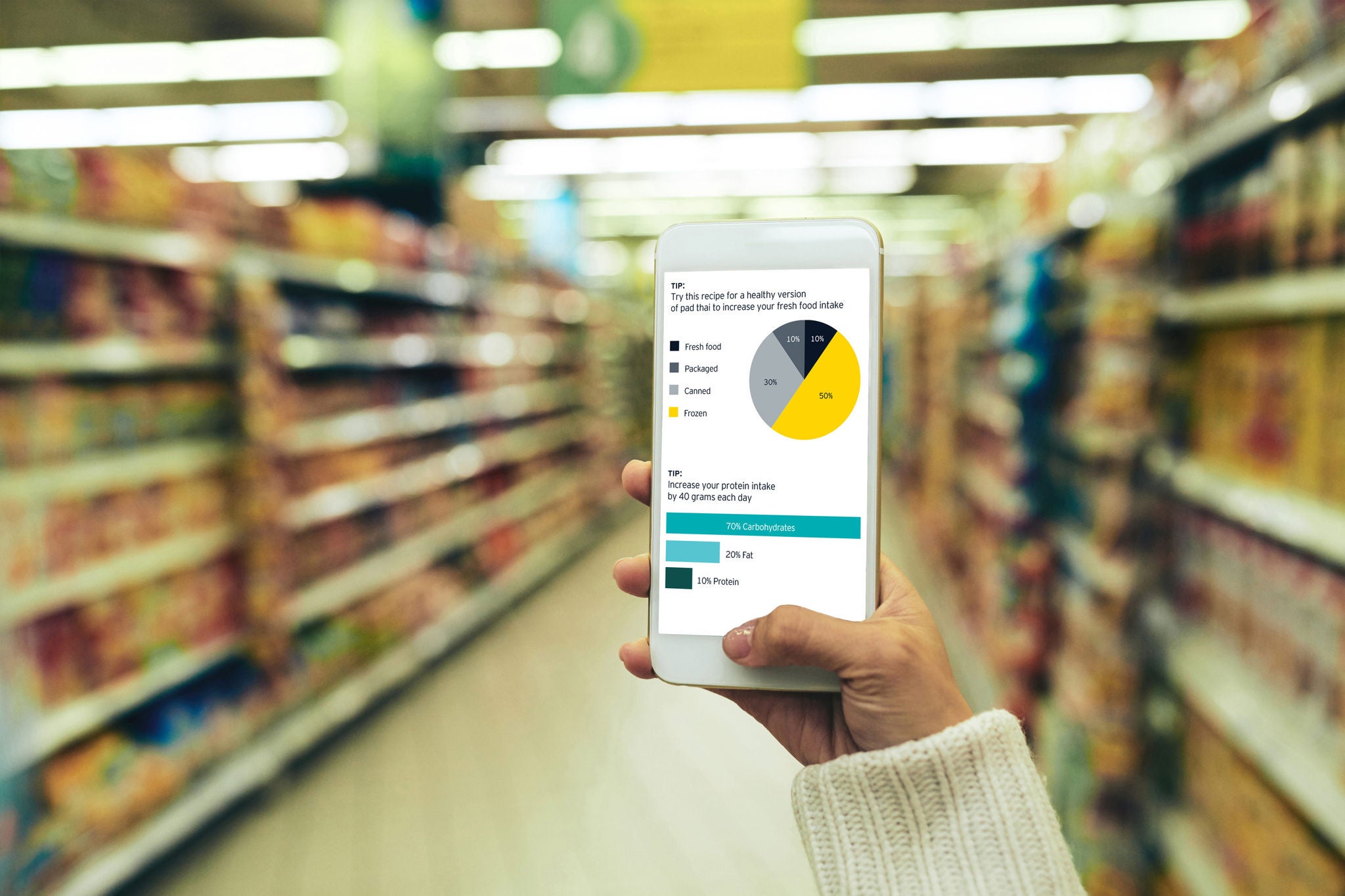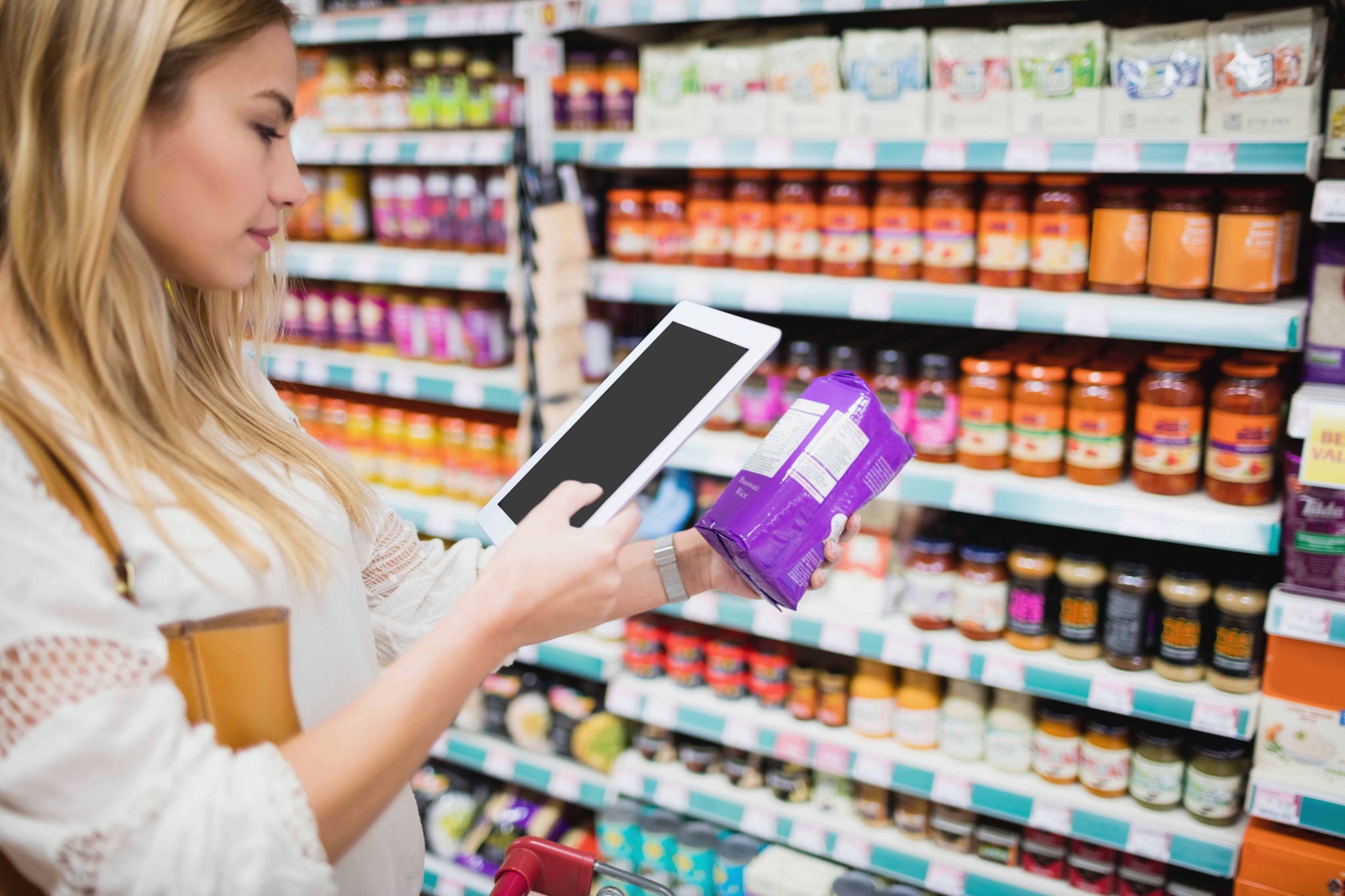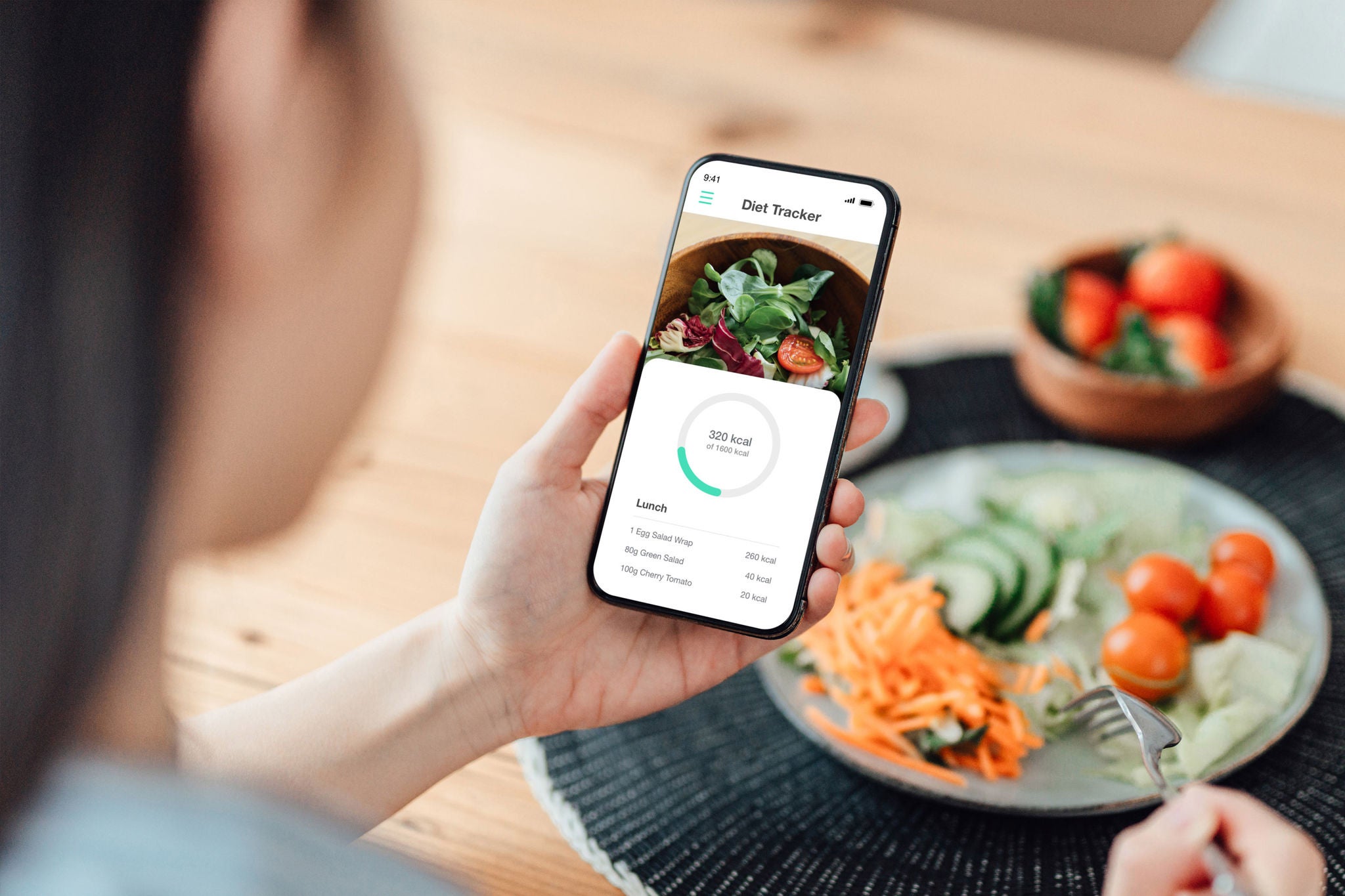EY refers to the global organization, and may refer to one or more, of the member firms of Ernst & Young Global Limited, each of which is a separate legal entity. Ernst & Young Global Limited, a UK company limited by guarantee, does not provide services to clients.
Learn more
-
Companies that keep consumers at the center can create value that lasts.
Read more
Health care payers and providers, food retail, and technology companies each have a role to play in supporting consumers’ healthier eating habits, and each can profit from being part of the ecosystem. While getting to a truly connected ecosystem may be a long-term project, requiring work around payment alignment, each player can start with some basic steps.
Payers and self-insured employers
Payers and self-insured employers that carry the health care costs for their employees have traditionally reimbursed medical treatment and bear the bulk of the expense of chronic nutrition- related illnesses.⁴ While some plans have reduced health care spending by providing medically tailored meals to members on dual Medicare and Medicaid plans, financial incentives to buy and eat healthy food have not yet been extended to a larger population.⁵ Instead of facing the increasing costs of treating illnesses, some payers, such as Medicare Advantage and Medicaid payers, and jumbo or large administrative services only (ASO) employer groups can take steps to transition to a preventative model by providing more broad nutrition support:
- Expand coverage for nutrition education and support. A starting point could be providing an easily accessible consultation with a dietician as a regular, free service, just like other preventative services, such as yearly physicals. Another option could be covering or providing a discount on nutrition-related coaching programs. These programs are often financially out of reach but would be a preventative tool that would help people set goals (e.g., reduce blood pressure, achieve a fitness goal or reduce fatigue and anxiety) and achieve them through better nutrition.
- Cover healthy food. Using a “food-as-medicine” approach, payers and self-insured employers could cover healthy food just as they cover medications. While some provide general funding for health and wellness, specifically covering food could be an important first step in helping people afford and prioritize healthy food. A starting point could be providing discounted healthy food at employer cafeterias, covering “prescriptions” for healthy food at retailers or even certain healthy items at restaurants based on income level or broader health risks that could be improved through nutrition. Covering healthy food could help reduce food insecurity and nutrition-related illnesses for the approximately 20% of US households who do not qualify for federal and state food assistance programs.⁶ It could also affect many more by covering the many Americans who make below the average living wage of $68,000, as calculated by the Massachusetts Institute of Technology (MIT).⁷
- Reward healthy choices. Providing rewards right when a consumer takes a healthy action, such as buying healthy food, could increase engagement. A starting point could be to gamify food shopping and healthy eating through a health technology platform that provides rewards tailored for individual preferences.










